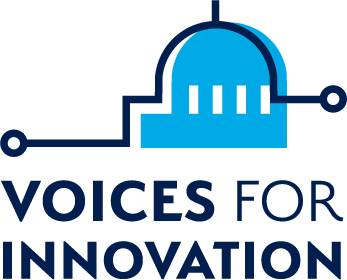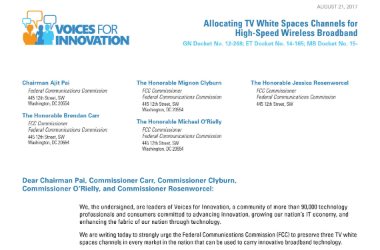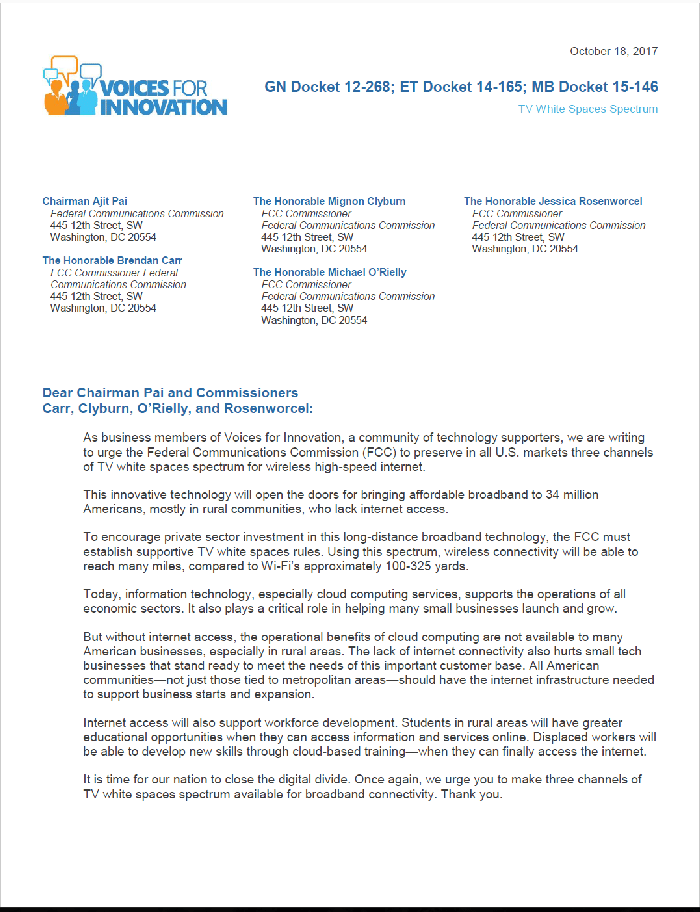 Over the last 17 months, Microsoft has forged partnerships with local internet providers to bring broadband connectivity to 1 million Americans in rural communities who currently lack high-speed access.
Over the last 17 months, Microsoft has forged partnerships with local internet providers to bring broadband connectivity to 1 million Americans in rural communities who currently lack high-speed access.
On December 4, the company pledged to help bring broadband connectivity to 3 million rural Americans by 2022 — upping its previous pledge of 2 million.
This expansion of broadband to rural communities is being made possible using TV white spaces, vacant broadcast spectrum that can carry wireless high-speed internet over several miles. You can read more about Microsoft’s effort here.
Measuring the Digital Divide
According to the Federal Communications Commission (FCC), about 25 million Americans lack broadband access, with more than 19 million living in rural areas.
But other studies suggest the digital divide is much higher. Microsoft estimates that 162.8 million Americans do not access the internet at broadband speeds.
In rural Ferry County, Washington, for example, the FCC says that 100 percent of the population has broadband access. But Microsoft estimates that only 2 percent of the population use broadband. (For more, read, “Digital Divide is Wider Than We Think, Study Says.”)
Without access to high-speed internet, communities are left behind. Lack of broadband inhibits business growth, job creation, and educational opportunities. It also prevents rural residents from accessing healthcare — and lowering costs — via telemedicine. Without broadband access, farmers cannot leverage the full benefits of agricultural technologies, which can help boost crop yields and lower environmental impacts.
Update to Existing Regulations Needed
Regardless of the exact numbers of America’s digital divide, we need to make greater progress to bring the benefits of high-speed connectivity and cloud computing to our entire nation.
Available government data needs to measure broadband access more accurately to help address this challenge. In addition, the FCC needs to update spectrum regulations to help spur the deployment of TV white spaces broadband.
Further Reading
Microsoft on the Issues, “The rural broadband divide: An urgent national problem that we can solve”



